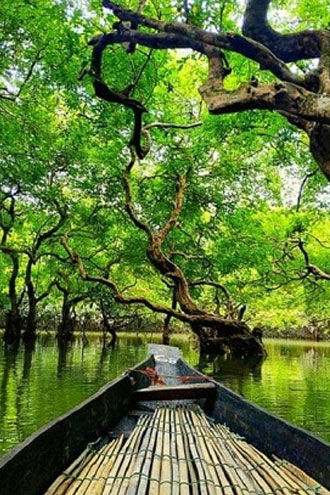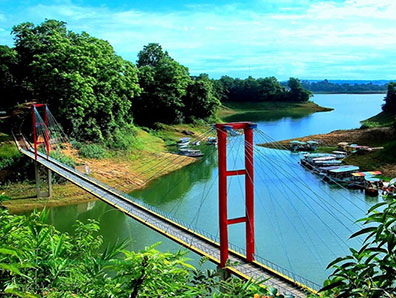Serbia is a country located in the Balkans, in Southeastern Europe. It is bordered by Hungary to the north, Romania and Bulgaria to the east, North Macedonia and Greece to the south, and Bosnia and Herzegovina and Montenegro to the west. The capital of Serbia is Belgrade, and the official language is Serbian. The population is around 7 million people.
Serbia has a rich cultural heritage, with influences from its Slavic, Byzantine, and Ottoman past. The country has a mixed economy, with agriculture, mining, and manufacturing being the main industries. In recent years, the service sector, particularly in the areas of information technology and finance, has been growing.
Serbia has a complex and diverse history, with the region being settled by various ethnic groups for centuries. The medieval state of Serbia reached its peak under the Nemanjić dynasty in the 13th and 14th centuries. The Ottoman Empire conquered Serbia in the 15th century, and it was part of the Austro-Hungarian Empire in the 19th century. Serbia became an independent nation in the early 20th century, after the collapse of Yugoslavia in the 1990s.
Serbian culture is diverse and unique, with a mix of Slavic, Byzantine and Ottoman influences. Visitors can experience the country's rich cultural heritage by visiting Belgrade, the capital city, where you can see the historic Kalemegdan Fortress, St. Sava Temple, one of the largest Orthodox churches in the world, and the National Museum. Visitors can also visit the medieval monasteries of Serbia such as the Studenica Monastery, a UNESCO World Heritage Site, and the Sopoćani Monastery. Serbia is also known for its rich cuisine, especially its meat dishes, and traditional music and dance.


